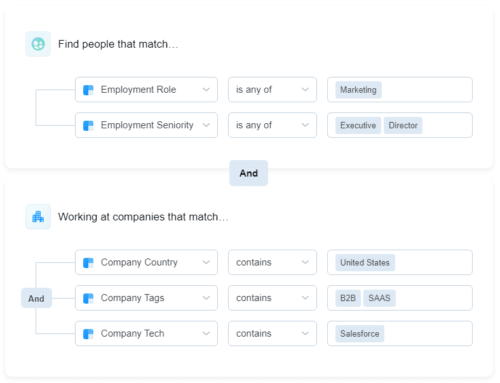If you sell your products or services regionally, you could care less about national keyword search volumes. What you need to know is the local organic search traffic volume for your target area. Unfortunately, most tools don’t provide local estimates. While you can use the Google AdWords keyword planner to pull some local estimates, you end up with a disparate list of keywords that don’t play nice with other keyword research and rank tracking tools.
Here’s how you can crunch the numbers yourself to ensure your projections are as accurate as possible. Essentially, there are three keyword types we have to look at and address separately.
For heavy AdWords users, there is also an alternate method for calculating regional keyword volumes provided at the end of this article.
DISCLOSURE: Some of the products mentioned in this post may contain affiliate links that at no additional cost to you, we may earn a small commission. Importantly, we only promote products that we use ourselves.
Location Qualifier Keywords
These are keywords that include topics and locations. If you sell real estate in the Bay area keywords that fall into this category would include San Francisco real estate, homes for sale San Jose, and Oakland real estate agent.
Since these keywords already include a specific location of interest, we can assume that the vast majority of search volume will be specific to your target locations. We do not need to do any further calculations and can use the national search volume data verbatim for estimates.

Topical Keywords
These are general purpose keywords that don’t include location qualifiers. Using the previous example, keywords that fall into this category would include real estate for sale, real estate agent, and local houses for sale. Note that “local” is not a location qualifier in the last example since it could be used in any geography.
First, pull the national monthly keyword search volume from your weapon of choice, SEMRush, Moz, Rank Tracker, or whatever. Almost all keyword research tools pull estimates from Google so don’t be surprised to see the exact same numbers from a variety of tools. Next, pull the population numbers for your target geo(s). The most accurate population numbers will come out of national census bureaus. Here are the bureaus for the US and Canada. Other countries shouldn’t be difficult to find. Using Wikipedia or simply Googleing “population of…” can get you the answer you seek.
Download your keyword KPIs into a spreadsheet and next to the national search volumes enter the following formula:
={national keyword search volume}*{target geo population}/{national population}
In the US, a national search volume of 28,400 and target population of 2.31 million (San Francisco, San Jose, and Oakland) this will look like:
=165,000*2,310,000/326,500,000
= 1,165 monthly local searches

Branded Keywords
These are keywords that include your own brand or brands of your competitors. For the real estate market, a fictitious example might be Henderson real estate brokers. The regional keyword volume for these type of keywords can be tricky to estimate.
First, determine whether you have a regional brand or national brand. If the brand is only recognized in your target geo(s) you can simply use the national estimates from your keyword research tool. When the brand is recognized nationally, you can apply the exact same method we used for topical keywords.
Accounting for the difference in populations requires a calculation if the brand is recognized in different territories than your target geos. Pull the population numbers for your target geo(s) and for the recognized brand geo(s). Download your keyword KPIs into a spreadsheet and next to the national volumes enter the following formula:
={national keyword search volume}/{brand recognition geo population}*{target geo population}/{326,500,000}
For a national search volume of 5,200 and target population of 2.31 million and brand recognition population of 12 million this will look like:
=5200*2,310,000/12,000,000
= 999 monthly searches

Next Steps
Great! Now you have all your estimates in one spreadsheet table.
If you would like to segment your data into different regions you can create separate columns for each calculation. If you want to get really fancy, you can also plug-in CTRs for various organic positions to estimate potential clicks. Heck, you can even estimate your conversions, ROI, or whatever. Just keep in mind that Google’s search volume estimates are notoriously inaccurate.
Alternate AdWords method
If you are building your keyword strategy based primarily on your paid search program you can use this simple method to get fairly accurate organic search volumes for your keywords. Download all your phrase match keywords into a spreadsheet, here are the settings for export:
- Filter for phrase match keywords only (based on our experimentation this provides the most accurate search volume estimates)
- Select impressions and impression share columns (everything else is optional for this exercise but can be very useful in figuring out potential returns)
- Choose the past 30-days for the date range (your campaign should have been running 24/7 during those dates)
- Your campaign should be targeting the same geographic area you are interested in for your SEO efforts
Okay, have your data set? To the right add a column and name it “Local Search Volume.”
Perform the following calculation:
={impressions}/{search impression share}
For 25,000 impressions and a 65% impression share your calculation will look like this:
=25,000/.65
=28,462 monthly searches (rounded)
That’s it, much more accurate keyword volume estimates based on the number of impressions your ad ran for divided by the impression share observed in the same period.
Are you in the market for a great SEO company? Learn all about our SEO services and get in touch for a free consult.





